Introducing Workers Analytics Engine
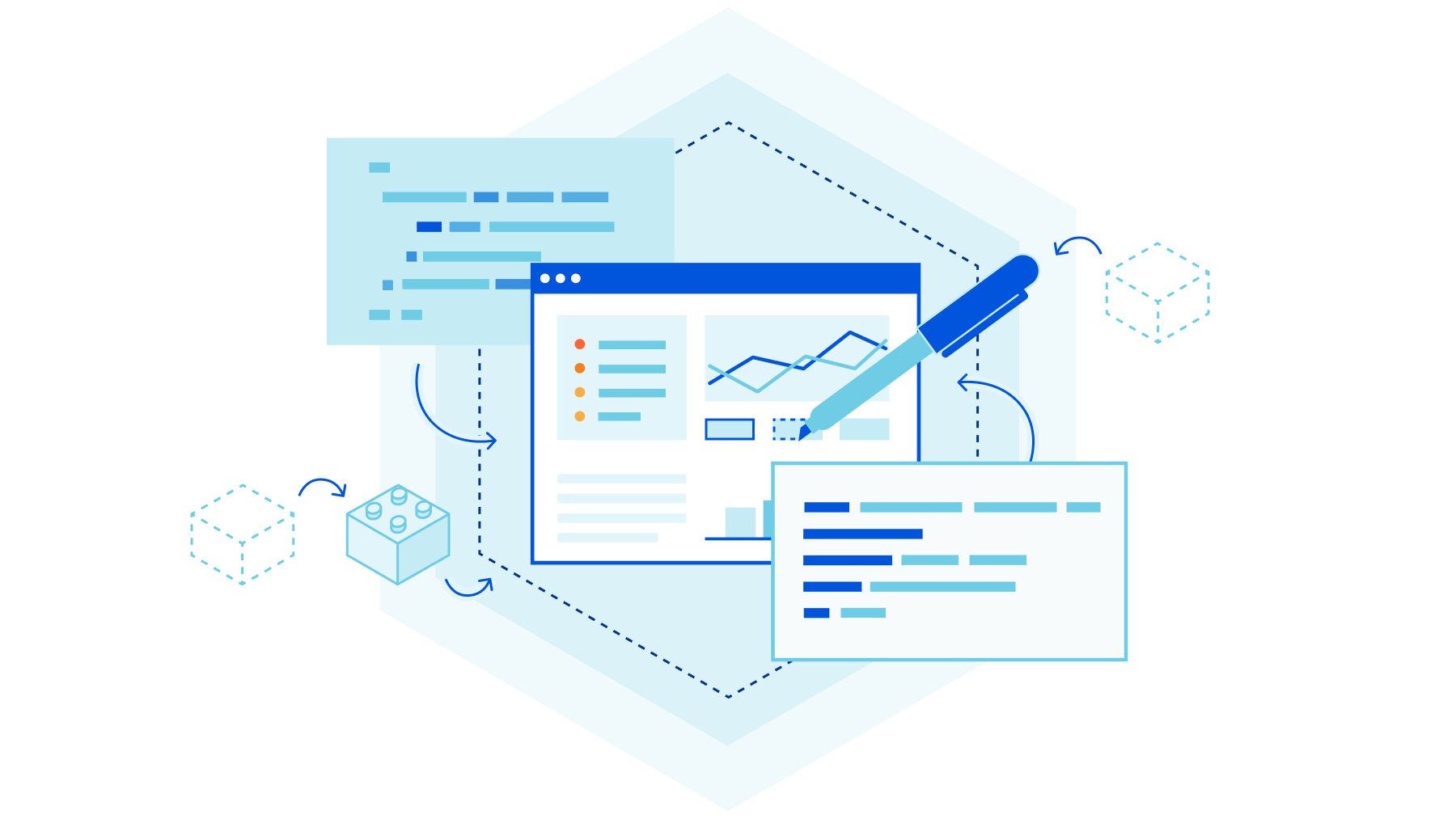
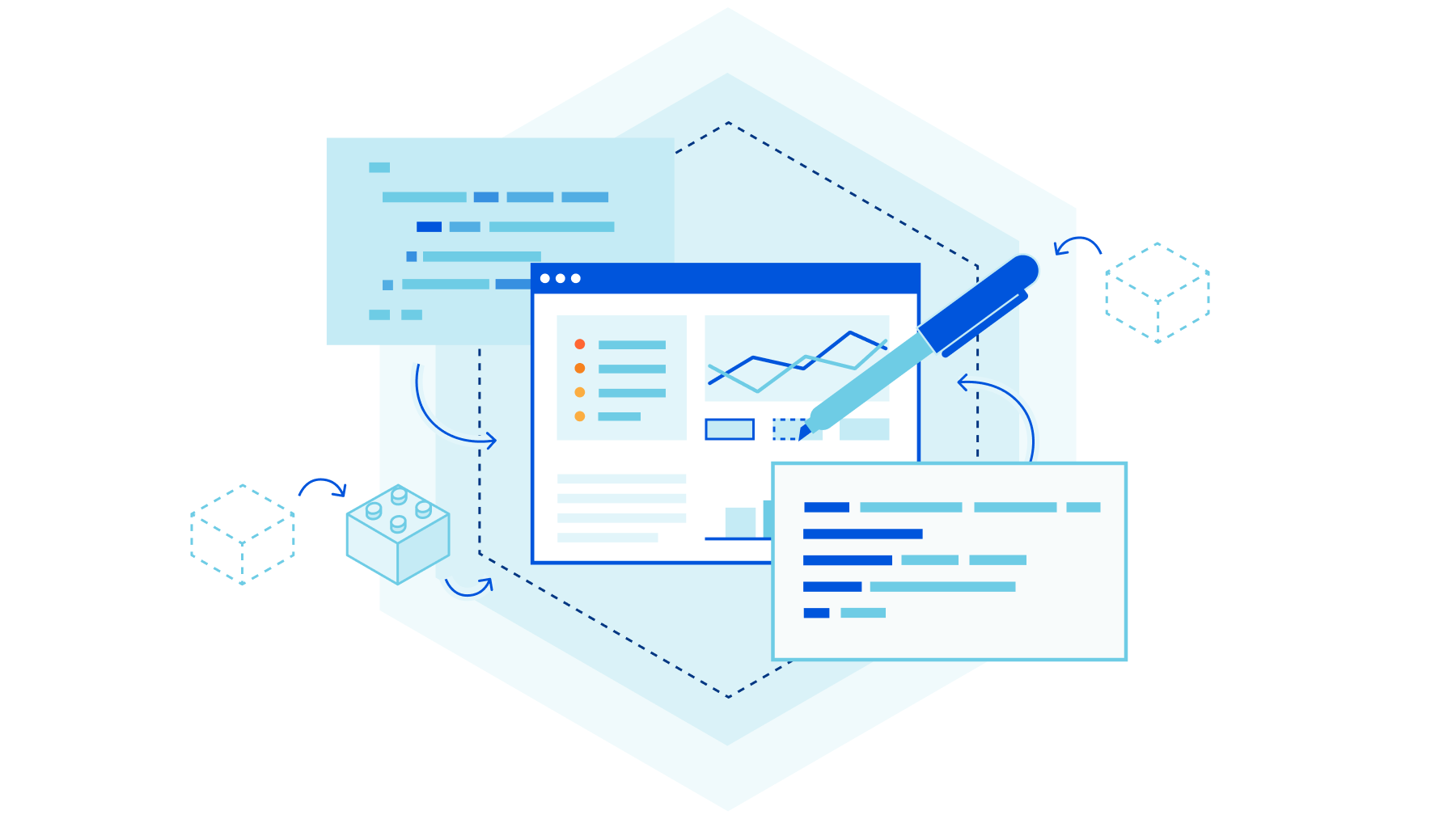
Today we’re excited to introduce Workers Analytics Engine, a new way to get telemetry about anything using Cloudflare Workers. Workers Analytics Engine provides time series analytics built for the serverless era.
Workers Analytics Engine uses the same technology that powers Cloudflare’s analytics for millions of customers, who generate 10s of millions of events per second. This unique architecture provides significant benefits over traditional metrics systems – and even enables our customers to build analytics for their customers.
Why use Workers Analytics Engine
Workers Analytics Engine can be used to get telemetry about just about anything.
Our initial motivation for building Workers Analytics Engine was to help internal teams at Cloudflare better understand what’s happening in their Workers. For example, one early internal customer is our R2 storage product. The R2 team is using the Analytics Engine to measure how many reads and writes happen in R2, how many users make these requests, how many bytes are transferred, how long the operations take, and so forth.
After seeing quick adoption from internal teams at Cloudflare, we realized that many customers could benefit from using this product.
For example, Workers Analytics Engine can also be used to build custom security rules. You Continue reading
Is Fibre Channel Still a Thing?
Here’s another “do these things ever disappear?” question from Enrique Vallejo:
Regarding storage, is Fibre Channel still a thing in 2022, or most people employ SATA over Ethernet and NVMe over fabrics?
TL&DR: Yes. So is COBOL.
To understand why some people still use Fibre Channel, we have to start with an observation made by Howard Marks: “Storage is different.” It’s OK to drop a packet in transit. It’s NOT OK to lose data at rest.
Is Fibre Channel Still a Thing?
Here’s another “do these things ever disappear?” question from Enrique Vallejo:
Regarding storage, is Fibre Channel still a thing in 2022, or most people employ SATA over Ethernet and NVMe over fabrics?
TL&DR: Yes. So is COBOL.
To understand why some people still use Fibre Channel, we have to start with an observation made by Howard Marks: “Storage is different.” It’s OK to drop a packet in transit. It’s NOT OK to lose data at rest.
Hedge 129: Open Source Mentoring
Mentoring is a topic we return to time and again—because it’s one of the most important things we can talk about in terms of building your people skills, your knowledge, and your career. On this episode of the Hedge, Guedis Cardenas joins Tom Ammon and Russ White to talk about open source mentoring. We discuss how this is different than “regular” mentoring, and how it’s the same. Join us as we talk about one of the most important career and personal growth things you can do.
Tips for Putting Zero Trust into Practice in Kubernetes-Based Environments
If you work in IT, you’ve probably heard lots of talk in recent years about “zero trust,” a security strategy that requires all resources to be authenticated and authorized before they interact with other resources, rather than being trusted by default.
The theory behind zero trust is easy enough to understand. Where matters tend to get tough, however, is actually implementing zero-trust security and compliance, especially in complex, cloud-native environments.
Which tools are available to help you enforce zero-trust security configurations? What does zero trust look like at different layers of your stack – nodes, networks, APIs and so on? What does it mean to enforce zero trust for human users, as compared to machine users?
To answer questions like these, we’ve organized a webinar, titled “Zero Trust Security and Compliance for Modern Apps on Multi-Cloud,” that will offer practical guidance on configuring a zero-trust security posture in the real world.
The one-hour session will focus in particular on enforcing zero-trust in Kubernetes-based environments, with deep dives into the following:
- How to protect human and machine users in Kubernetes using a zero-trust model.
- Meeting Kubernetes data privacy and compliance requirements through zero trust.
- Securing user-to-app communications with zero-trust networking policies Continue reading
Day Two Cloud 146: Deploying And Managing Cloud Infrastructure With Pulumi
Today's Day Two Cloud digs into an Infrastructure as Code (IaC) platform called Pulumi. Pulumi can be used to build, deploy, and manage cloud applications using familiar languages such as .Net and Java, as well as well-known tools and practices.From Home Office to HQ: Consumerization of Wi-Fi 6E
Consumers are bringing Wi-Fi 6E to the enterprise, and soon. No matter how far out your next network refresh is, now is the time to start thinking about it.Announcing D1: our first SQL database
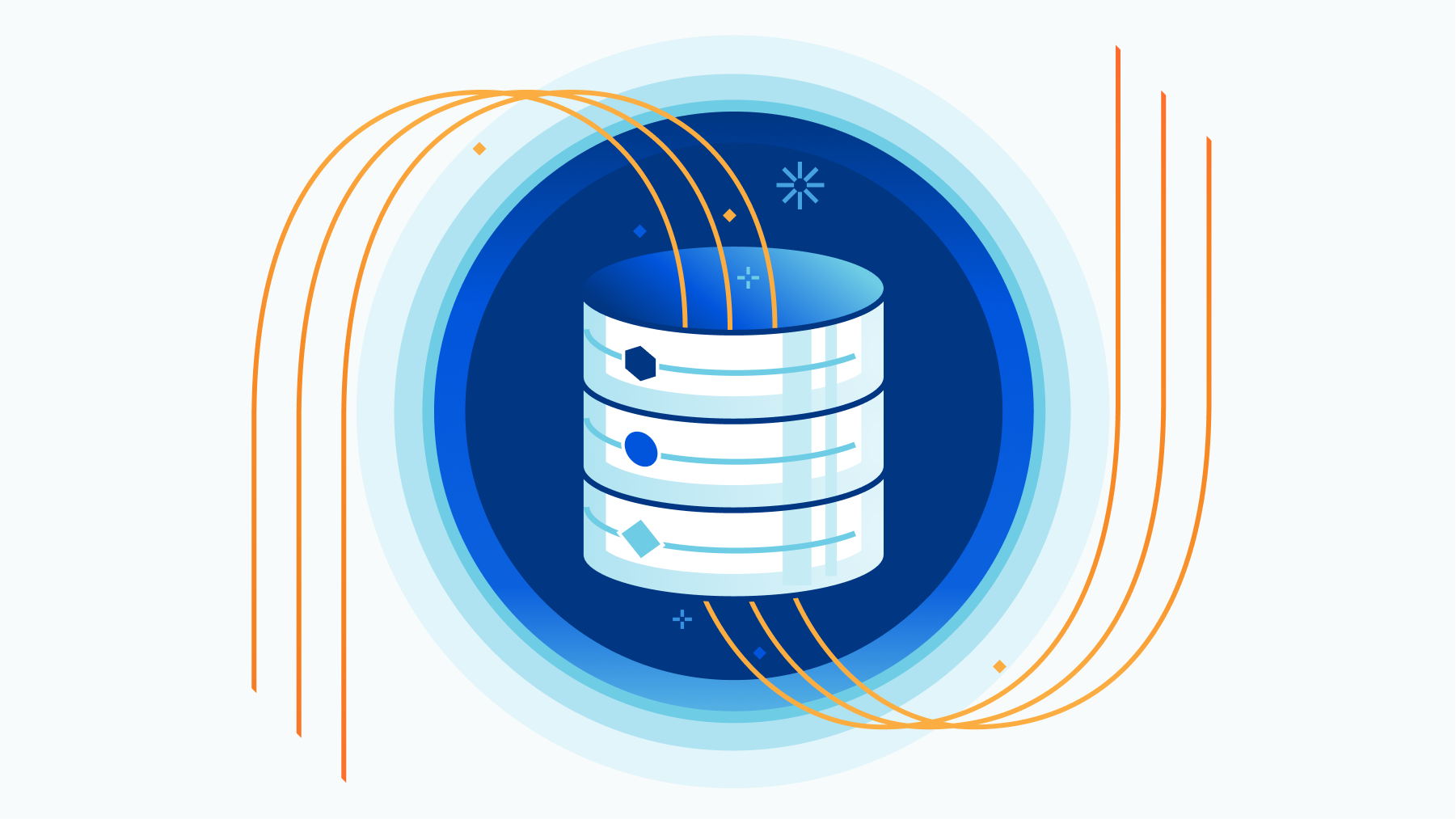
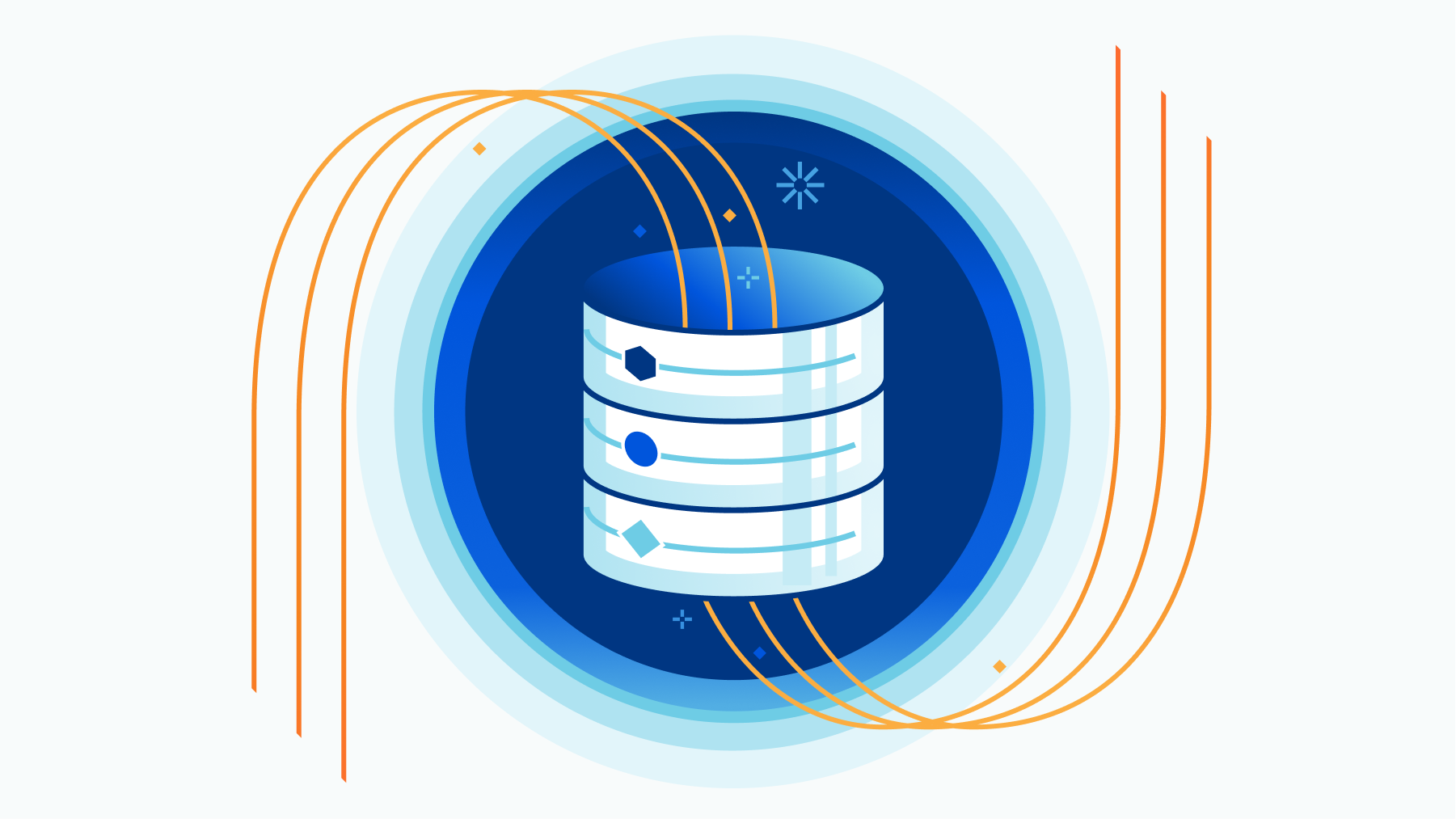
We announced Cloudflare Workers in 2017, giving developers access to compute on our network. We were excited about the possibilities this unlocked, but we quickly realized — most real world applications are stateful. Since then, we’ve delivered KV, Durable Objects, and R2, giving developers access to various types of storage.
Today, we're excited to announce D1, our first SQL database.
While the wait on beta access shouldn’t be long — we’ll start letting folks in as early as June (sign up here), we’re excited to share some details of what’s to come.
Meet D1, the database designed for Cloudflare Workers
D1 is built on SQLite. Not only is SQLite the most ubiquitous database in the world, used by billions of devices a day, it’s also the first ever serverless database. Surprised? SQLite was so ahead of its time, it dubbed itself “serverless” before the term gained connotation with cloud services, and originally meant literally “not involving a server”.
Since Workers itself runs between the server and the client, and was inspired by technology built for the client, SQLite seemed like the perfect fit for our first entry into databases.
So what can you build with D1? Continue reading
A New Hope for Object Storage: R2 enters open beta
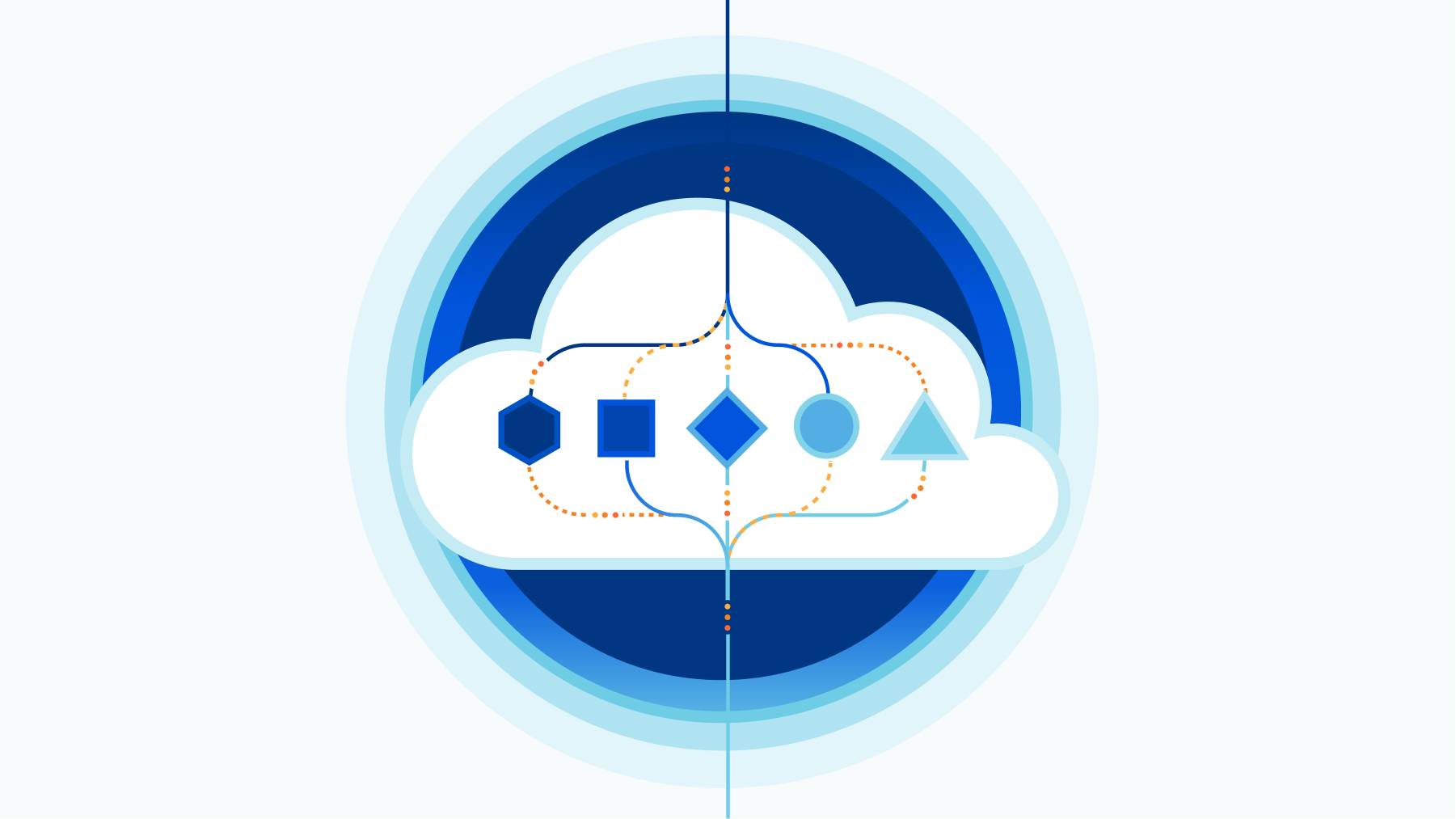
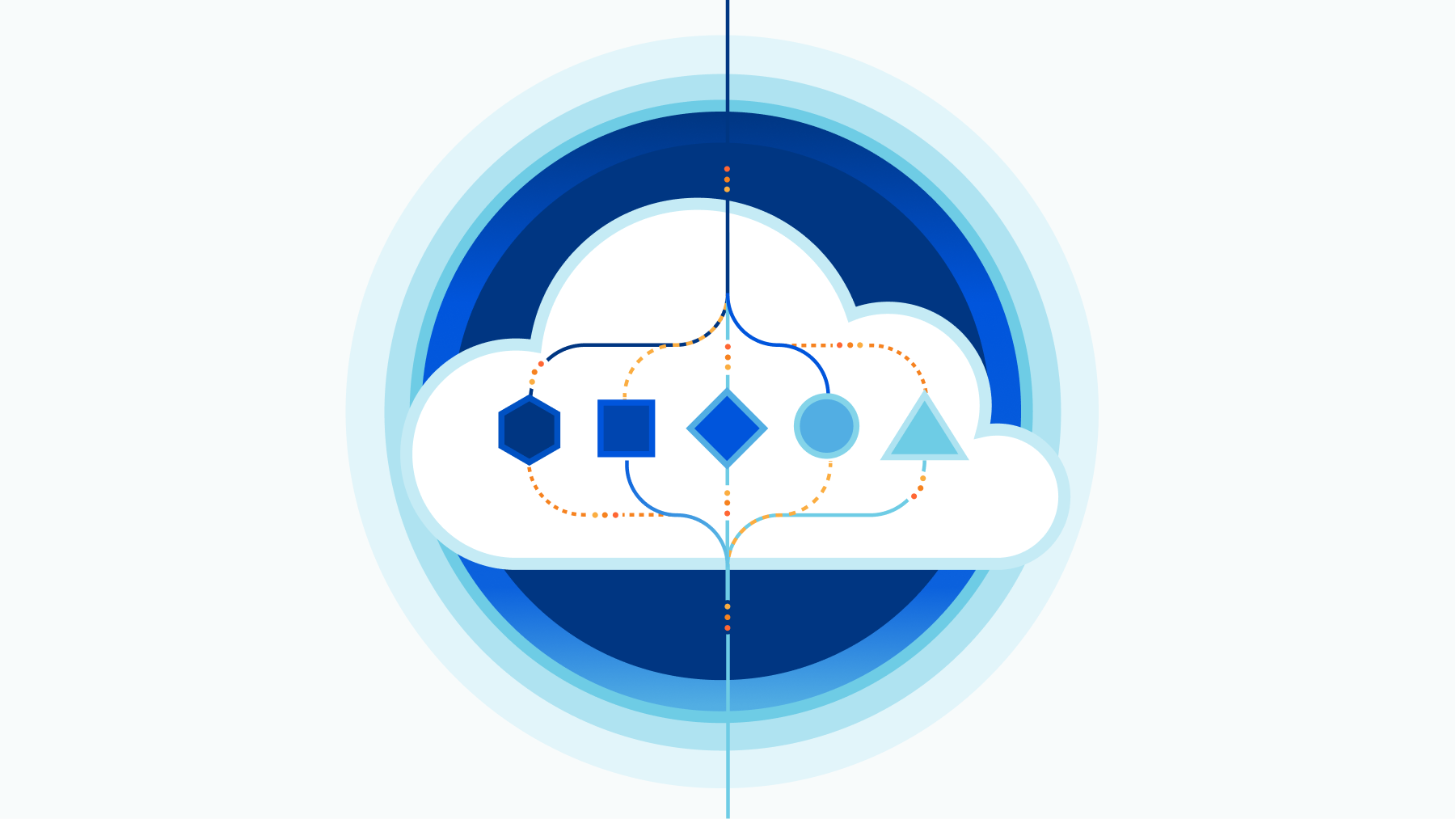
In September, we announced that we were building our own object storage solution: Cloudflare R2. R2 is our answer to egregious egress charges from incumbent cloud providers, letting developers store as much data as they want without worrying about the cost of accessing that data.
The response has been overwhelming.
- Independent developers had bills too small for cloud providers to negotiate fair egress rates with them. Egress charges were the largest line-item on their cloud bills, strangling side projects and the new businesses they were building.
- Large corporations had written off multi-cloud storage - and thus multi-cloud itself - as a pipe dream. They came to us with excitement, pitching new products that integrated data with partner companies.
- Non-profit research organizations were paying massive egress fees just to share experiment data with one another. Egress fees were having a real impact on their ability to collaborate, driving silos between organizations and restricting the experiments and analyses they could run.
Cloudflare exists to help build a better Internet. Today, the Internet gets what it deserves: R2 is now in open beta.
Self-serve customers can enable R2 in the Cloudflare dashboard. Enterprise accounts can reach out to their CSM for onboarding.